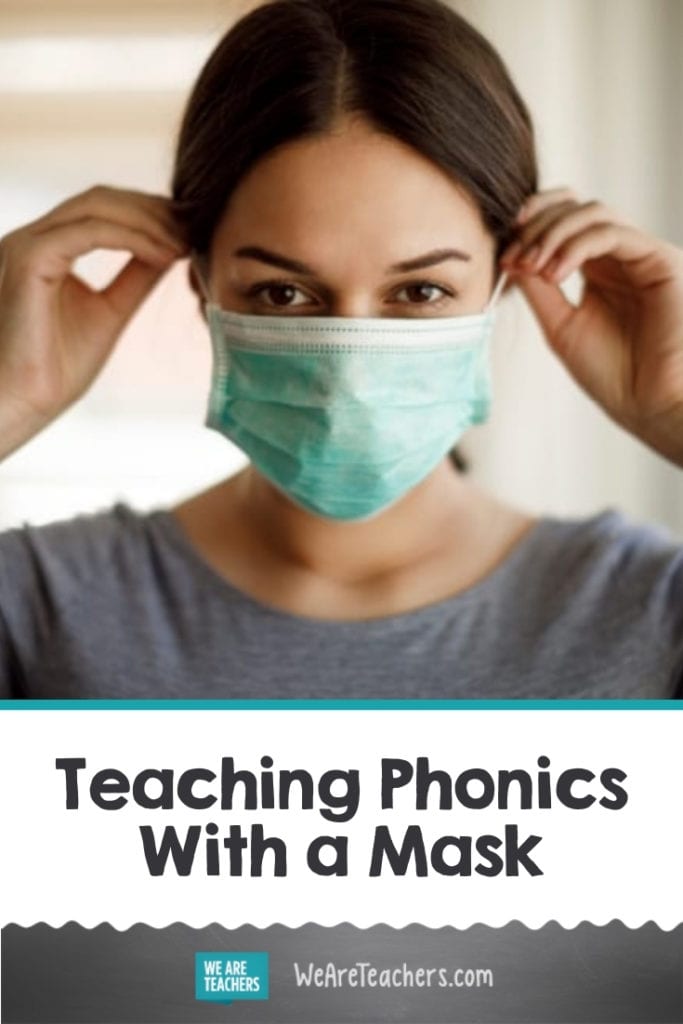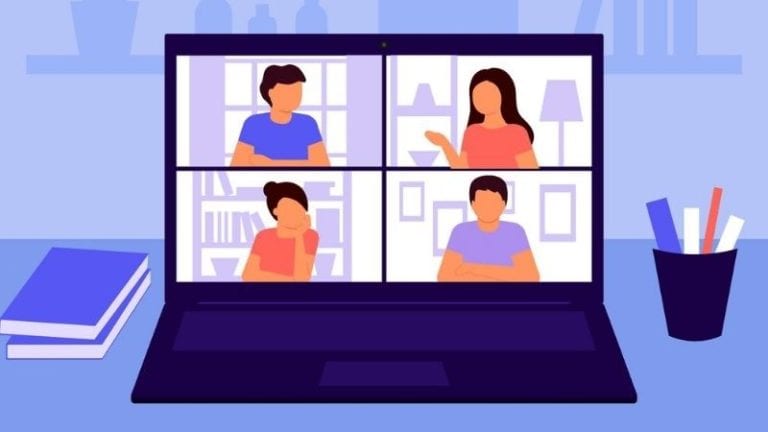If you are a primary school teacher, you’ve probably spent the summer contemplating the same question I’ve been asking myself. How am I supposed to properly teach phonics with a mask on or via distance learning
Seriously though, how? Let me share plan with you!
1. Wear a face shield
Let’s be real. This is probably one of the best options. Students need to see how the mouth moves in order to learn how to make the sounds on their own. There is no way to allow kids to see my mouth when I’m wearing a cloth face mask.
I believe a face shield is the closest we can get to how instruction worked before our current reality, while still following rules to limit exposure. Using only a face shield, keeping classroom distance over six feet will be key. There are many options for reasonably priced face shields out there making this is an incredibly feasible option. Let’s hope federal funds or the PTA can help.
[contextly_auto_sidebar]
2. Teach sounds via video
I could use this option even when we are not in the middle of a pandemic. Usually, our classes have 20 kids or more so it’s often difficult for them to get close enough to see our mouths anyway. This is where technology is awesome. The pandemic has allowed teachers to get creative in the delivery of their lessons. I learned how to use Zoom to record lessons. Making a video of how my mouth moves to teach phonics gives everyone, regardless if they are “sitting” in the front row or the back row, a fair chance to see everything clearly. With or without a mask, this strategy is sure to reach more of my students!
3. Set up a sound wall
These are becoming more and more popular. I have loved the explosion of teachers explicitly teaching sounds and the sound wall is a great resource to do this. You can use a card to physically show students, then put it on the wall to reference throughout the day. Wall cards are perfect for the classroom, take-home folders, or even a presentation during online learning. For more information:
4. Set up and maintain a Seesaw account
Teaching remotely all spring has allowed me to learn and become proficient at Seesaw. This is a great resource to use in the classroom for any subject, but it will be a game-changer for my phonics instruction this year. The same videos I show to the class can be put into activities that allow my students to record themselves making the sounds. This allows me to give more explicit instruction to my students in a safe way. I will also be able to listen to them to make sure they are understanding the sound and are able to do it independently.
While this pandemic has certainly pushed everyone into new and uncomfortable territories, it has also shown teachers new ways to reach kids and make the learning stick. While the idea of teaching in a mask seems daunting, clearly it’s also a way for us teachers to bring out our creative side and spice up lessons and learning environments. A win-win in my book for sure.
How do you feel about having to teach phonics with a mask on? Share in the comments below.


